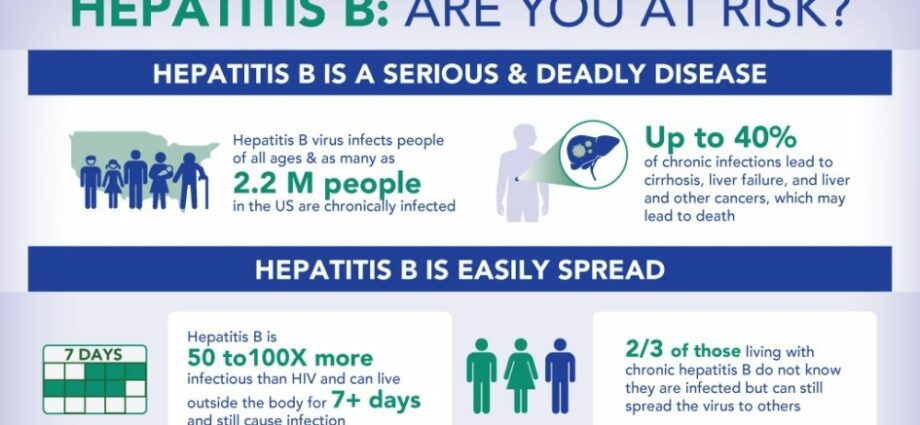Turinys
People at risk for hepatitis (A, B, C, toxic)
- People who adopt rizikingas elgesys, such as those described in the Risk Factors section, can get hepatitis.
- Šios sveikatos priežiūros specialistai are at a higher risk than other people of contracting hepatitis B and C because they frequently handle syringes, needles, sharp objects and blood products that may have been contaminated.
- Handlers of food or liquids that may have been contaminated with the hepatitis A virus are at high risk of acquiring the infection.
- In Canada, people who have received kraujo perpylimas, tissues or organs before 1990 may have been infected with the hepatitis C virus. Tests for this virus in blood products are now used; they reduce the chance of getting the disease from a blood transfusion to 1 in 100.
- In Canada, individuals who have received blood clotting factors, primarily hemophiliacs, before 1992 may have been exposed to the hepatitis C virus.
- People receiving hemodialysis treatments are at greater risk of getting hepatitis B or C.
- Newborns from infected mothers with the hepatitis B or C virus can get the infection, but this is rare.
- Žmonės su kepenų liga (viral hepatitis, cirrhosis, “fatty liver” or riebios kepenys, etc.), those who drink a lot of alcohol and women (who metabolize some toxins more slowly than men) are more likely to get toxic hepatitis if they are exposed to toksiški produktai.










